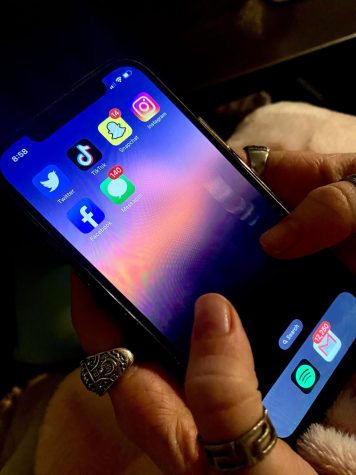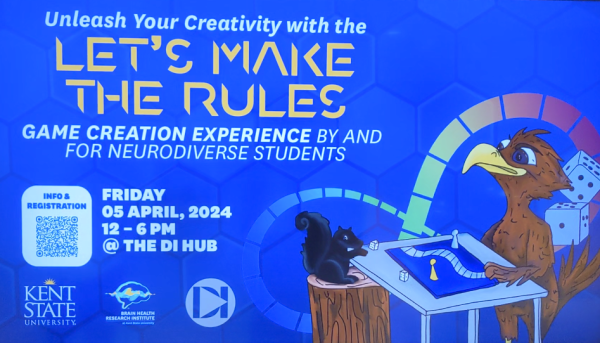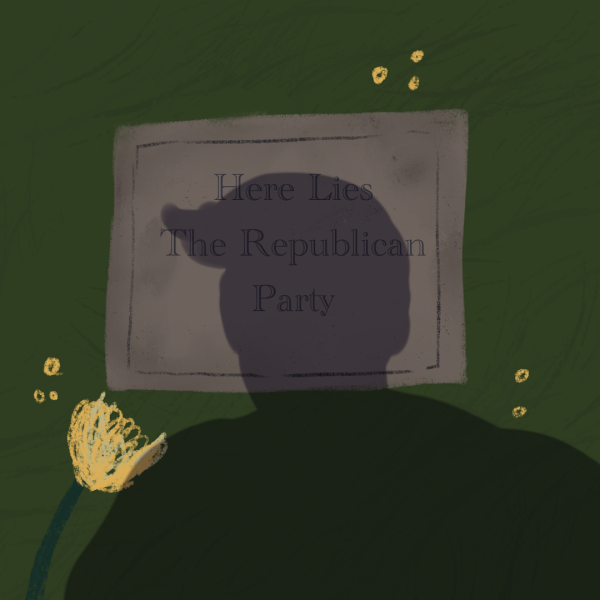Music’s power builds lives, break hearts
March 23, 2007
Music has been mankind’s longest standing sanctuary. Whether causing people to dance at an ancient ceremony, instilling tears in audience members during an opera or fascinating Vienna as Mozart’s fingers flew freely over those black-and-white keys, music has been an emotion evoker just as much as an entertainment tool.
Perhaps music’s most intriguing power is its ability to color our emotions. By controlling our stimuli, it is easy to see that the world is not objective but subject to our mood. Just as a person with depression is said to have a gray film covering his or her eyes, altering perception, certain kinds of music can change our view, emotions and behavior. Positive emotions can be made more positive and negative more negative.
Knowing music’s power to alter mood (and in turn perception), achieving peace becomes an easier task; however, any desired emotion can swell through music and people who feel depressed at times find comfort in increasing their despondency.
When I feel extremely distressed, it’s impossible to turn on Bob Marley and be satisfied. No, I need to mope around with some Elliot Smith and food. While perpetuating my sadness, gloomy music is somehow comforting and serves as a friend with lyrics that understand me.
My friend went through a rough breakup and insisted on listening to Brand New for a month straight. Because memories of anger were imprinted in each of the songs that were already drenched with emotion, salty tears flowed with each hit of the play button. After suggesting this repetition was halting any hope of recovery, she deleted her “I Hate Steve” playlist and eventually returned to the ball of pep she is today.
A study by Stratton and Zalanowski of Pennsylvania State University paired paintings with music. It reported music’s mood was described the same by everyone, despite the painting present. But when the people were asked to judge the paintings mood, it was determined by either the happy or sad music playing at the time. In other words, a painting was deemed sad when accompanied by sad music, but happy when accompanied by happy music.
Music has the ability to transport energy through songs, bouncing off others. Just as these random days of good weather makes everyone run around as if The Beach Boys were blaring throughout the campus, upbeat music arouses elation especially if a mood was already happy.
Music festivals are infamous for being a getaway of happiness. This phenomena is due to narrowing stimuli down to only those that instill joy in its audience members. A fan of the band Phish, famous for their mind-blowing positive festivals, describes the festival as this revolving door of energy. The fans start out with it, in turn, the band feeds off of that and sends it back into the crowd plus some. My energy bounces off the girl in section 305 row 8 seat 4, and her energy is sent to the guy next to her, and his energy feeds to ten others, and then back to the band, and the good vibes just keep circulating and circulating to everyone at all times.
Coloring our mood and invoking personal and mystic experiences, no wonder music is the most popular form of entertainment. Art and movies have power to change the way a person perceives the world, but he or she can’t have a painting or documentary travel with them. Music is the background of so many activities, influencing us even when we don’t know it.
Brenna McNamara is a freshman pre-journalism major and a columnist for the Daily Kent Stater. Contact her at [email protected].























